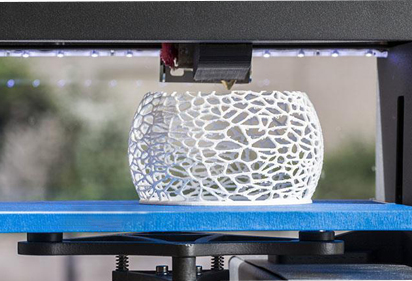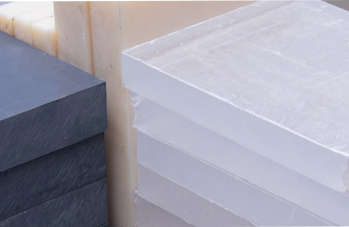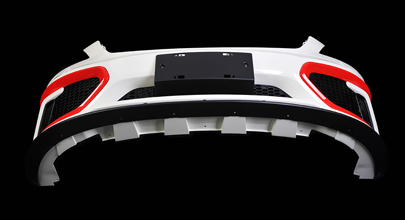
Will Vacuum Casting
Still Have Place in the World
of 3D Printing?
Is Vacuum Casting process about to become obsolete? This is not an abrupt
question. Vacuum casting is a widely used and cost-effective manufacturing solution for prototyping
and low-volume production. However, with the rising popularity of 3D printing, which offers rapid
and flexible manufacturing capabilities, particularly for prototyping and customized production
runs, the question raises: Does vacuum casting still have a place in a world that is gradually being
dominated by 3D printing? Let's explore this further.
The Rise of 3D Printing
Undoubtedly, 3D printing has made a significant impact across various
industries. Its ability to rapidly produce complex designs, customized components, and functional
prototypes has captured product developers and manufacturers, from automotive to healthcare and more
industries. As it continues to advance, 3D printing is expected to reshape supply chains and inspire
further creativity in product innovation. However, there are still strengths of vacuum casting that
3D printing needs to catch up with.

The Strengths of Vacuum Casting
While 3D printing has been undoubtedly revolutionizing the manufacturing
industry, vacuum casting retains several critical advantages that make it a preferred choice for
specific applications:
● Material Variety
Vacuum casting allows for the use of a wide range of materials, including
polyurethanes, silicones, and elastomers. This versatility makes it suitable for applications
requiring specific material properties, such as transparency, medical grade, thermal resistance and
multiple colors. The vacuum casting process, provided by RPWORLD, is also available for overmolding
with inserts, rubber and more to meet versatile application needs.


● Surface Finishes
Vacuum casting excels in replicating the master model with fine details, such as
textures. This makes it ideal for creating prototypes with less post-processing, and high degree of
visual and tactile requirements. Except for Stereolithography (SLA), which can produce detailed
parts as well, 3D printing parts often present visible layer lines that needs additional
post-processing to achieve a smoother finish.
● Low-volume Production Costs
Compared to 3D printing, vacuum casting requires silicone molds to cast each
part, but these molds are more cost-effective than traditional injection molds. When the required
part quantity is very low, such as dozens of parts, 3D printing offers an obvious price advantage.
However, as production volume increases, the cost per part decreases, making vacuum casting the more
cost-effective choice for low-volume production. This process enables the casting of multiple parts,
around 20 parts in maximum, in a single mold, leading to reducing per-unit expenses.

● Part Strength
The parts created by both 3D printing and vacuum casting can be strong. 3D
printed parts can present anisotropic properties due to layering construction and may require
careful attention to achieve strong layer adhesion. In contrast, vacuum casting uses polyurethane
resins that offer good tensile and flexural strength. Vacuum casting parts are often featured with
more consistent and homogeneous structure.
The Complementary Relationship
Both vacuum casting and 3D printing technologies are utilized by product
developers and engineers to capitalize on their respective strengths. Here’re the comparison
of both technologies:
As we can see that 3D printing offers speed and creative flexibility. It is
right for rapid concept development. While vacuum casting excels in producing quality prototypes and
low-volume parts with fine surface details, and can use production-grade materials. Though 3D
printing continues to evolve and may incorporate the strengths of vacuum casting, these two
technologies currently complement each other, and the choice should align with your project's
specific needs. Our engineering experts are happy to give suggestion if you're unsure which to
choose.
How Both Vacuum Casting and 3D Printing Shine at RPWORLD?
Contact Us
Getting started on a manufacturing journey but unsure which technology to
choose? RPWORLD is a leading mechanical parts manufacturer, focusing on CNC machining, injection
molding, vacuum casing, 3D printing and more. Contact us today to get started with either 3D Printing or Vacuum Casting. We are here to
guide you every step of the way.


